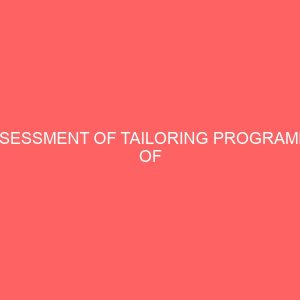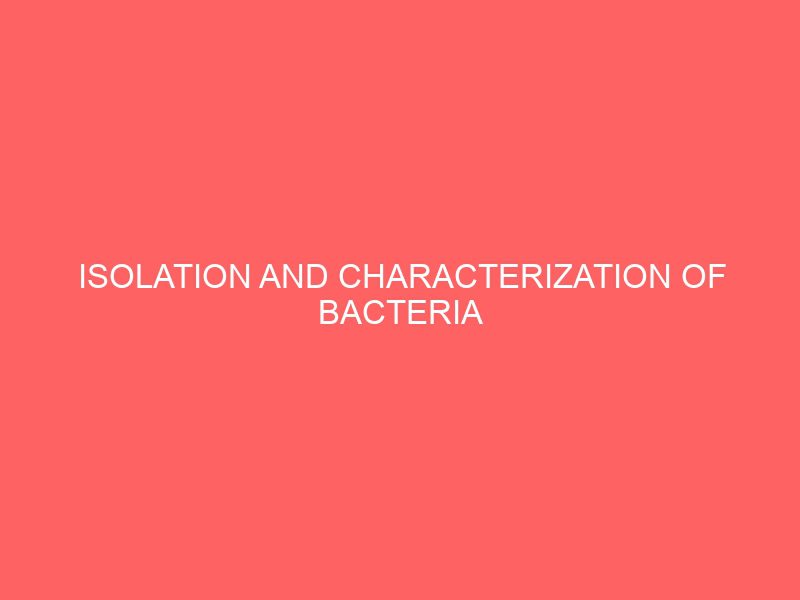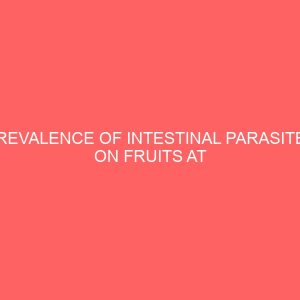Description
Abstract
This project work is about the isolation and characterization of pathogenic bacteria from hawked Suya meat. Suya meats were bought in full from the sellers and were collected in raps of aluminum foil. It was then taken to the laboratory for analysis. The samples were homogenized and serial dilution of the sample was made out using 5 ml sterile pipette and test tubes. The dilution was then cultured on different media, McConkey agar, nutrient agar and blood agar end later incubated at 370c for 24 hours. Discrete bacteria colonies were observed and each colony was gram stained and examined microscopically. Biochemical tests were carried out to confirm the particular bacteria present. Most of these microorganisms isolated are pathogenic and are toxic when ingested in contaminated Soya meat. They are capable of causing illness. For instance, Staphylococcus aurous produce air exotica and can withstand a temperature of 1000c for 30 minutes. When ingested, if cause intoxication manifesting in 4-5 hours with acute diarrheas vomiting and gastroenteritis lasting 6-8 hours. Suya meat is a boneless lean Soya meat of mutton, beef, goat or chicken Suya meat staked on sticks, coated with sauces, oiled and then roasted over wood using a fire from charcoal. Sixteen (16) samples of Suya meat in Bori were collected randomly and analyzed microbiologically and the isolates were identified as Staphylococcus +v, Bacillus +v and Klebsiella +v the most frequently isolated organisms were Staphylococcus. The total viable bacterial counts ranged from 6.2×107– 8.0x104cfu/g whereas, total fungi count ranged from 0.11 x107– 0.18x104cfu/g on Nutrient agar and Potato Dextrose Agar respectively. The result revealed that the hygienic condition of the Suya meat was below the acceptable standard for human consumption.








Reviews
There are no reviews yet.